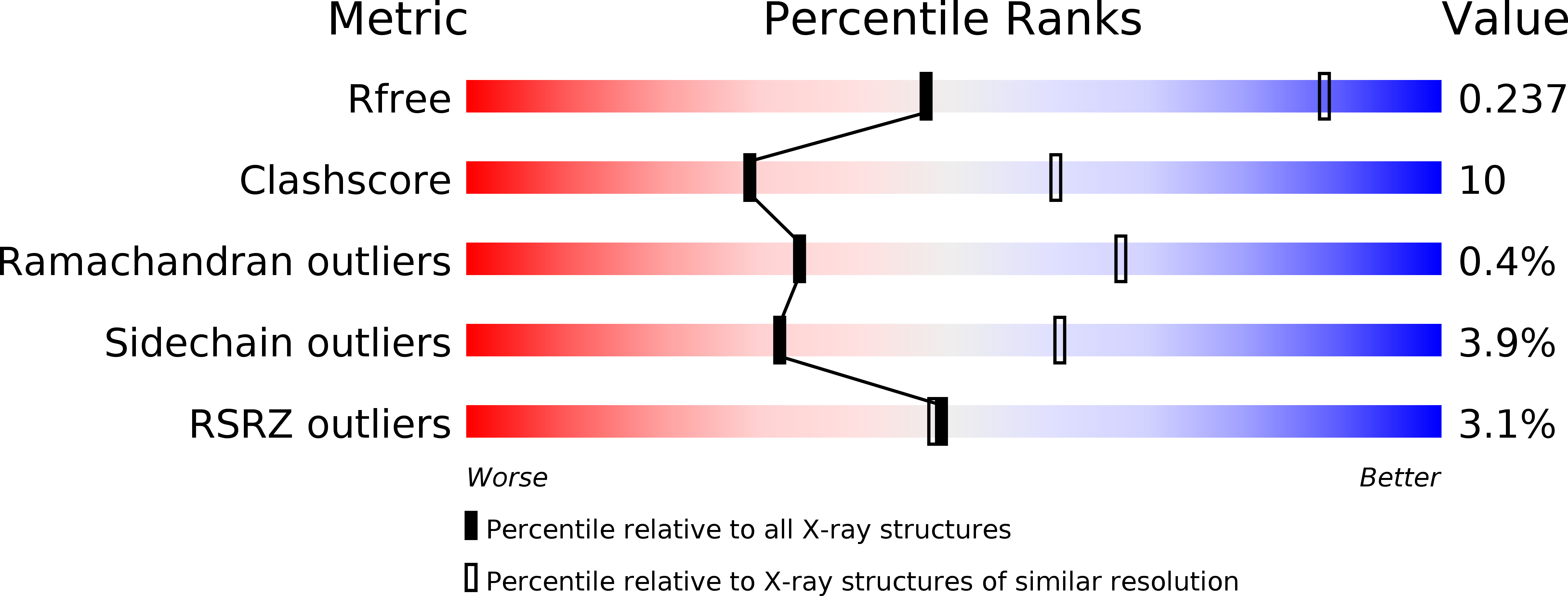
Deposition Date
2012-04-03
Release Date
2013-01-16
Last Version Date
2024-11-20
Entry Detail
PDB ID:
3VR3
Keywords:
Title:
Crystal structure of AMP-PNP bound A3B3 complex from Enterococcus hirae V-ATPase [bA3B3]
Biological Source:
Source Organism:
Enterococcus hirae (Taxon ID: 1354)
Host Organism:
Method Details:
Experimental Method:
Resolution:
3.40 Å
R-Value Free:
0.23
R-Value Work:
0.19
R-Value Observed:
0.19
Space Group:
P 21 21 21


